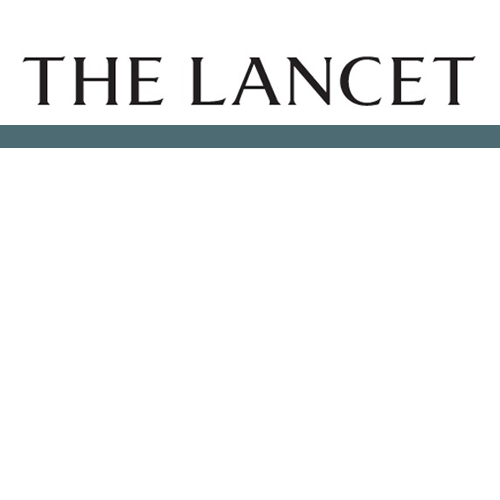Summary
Background
Non-fatal health outcomes from diseases and injuries are a crucial consideration in the promotion and monitoring of individual and population health. The Global Burden of Disease (GBD) studies done in 1990 and 2000 have been the only studies to quantify non-fatal health outcomes across an exhaustive set of disorders at the global and regional level. Neither effort quantified uncertainty in prevalence or years lived with disability (YLDs).
Methods
Of the 291 diseases and injuries in the GBD cause list, 289 cause disability. For 1160 sequelae of the 289 diseases and injuries, we undertook a systematic analysis of prevalence, incidence, remission, duration, and excess mortality. Sources included published studies, case notification, population-based cancer registries, other disease registries, antenatal clinic serosurveillance, hospital discharge data, ambulatory care data, household surveys, other surveys, and cohort studies. For most sequelae, we used a Bayesian meta-regression method, DisMod-MR designed to address key limitations in descriptive epidemiological data, including missing data, inconsistency, and large methodological variation between data sources. For some disorders, we used natural history models, geospatial models, back-calculation models (models calculating incidence from population mortality rates and case fatality), or registration completeness models (models adjusting for incomplete registration with health-system access and other covariates). Disability weights for 220 unique health states were used to capture the severity of health loss. YLDs by cause at age, sex, country, and year levels were adjusted for comorbidity with simulation methods. We included uncertainty estimates at all stages of the analysis.
Findings
Global prevalence for all ages combined in 2010 across the 1160 sequelae ranged from fewer than one case per 1 million people to 350 000 cases per 1 million people. Prevalence and severity of health loss were weakly correlated (correlation coefficient –0.37). In 2010, there were 777 million YLDs from all causes, up from 583 million in 1990. The main contributors to global YLDs were mental and behavioural disorders, musculoskeletal disorders, and diabetes or endocrine diseases. The leading specific causes of YLDs were much the same in 2010 as they were in 1990: low back pain, major depressive disorder, iron-deficiency anaemia, neck pain, chronic obstructive pulmonary disease, anxiety disorders, migraine, diabetes, and falls. Age-specific prevalence of YLDs increased with age in all regions and has decreased slightly from 1990 to 2010. Regional patterns of the leading causes of YLDs were more similar compared with years of life lost due to premature mortality. Neglected tropical diseases, HIV/AIDS, tuberculosis, malaria, and anaemia were important causes of YLDs in sub-Saharan Africa.
Interpretation
Rates of YLDs per 100 000 people have remained largely constant over time but rise steadily with age. Population growth and ageing have increased YLD numbers and crude rates over the past two decades. Prevalences of the most common causes of YLDs, such as mental and behavioural disorders and musculoskeletal disorders, have not decreased. Health systems will need to address the needs of the rising numbers of individuals with a range of disorders that largely cause disability but not mortality. Quantification of the burden of non-fatal health outcomes will be crucial to understand how well health systems are responding to these challenges. Effective and affordable strategies to deal with this rising burden are an urgent priority for health systems in most parts of the world.

